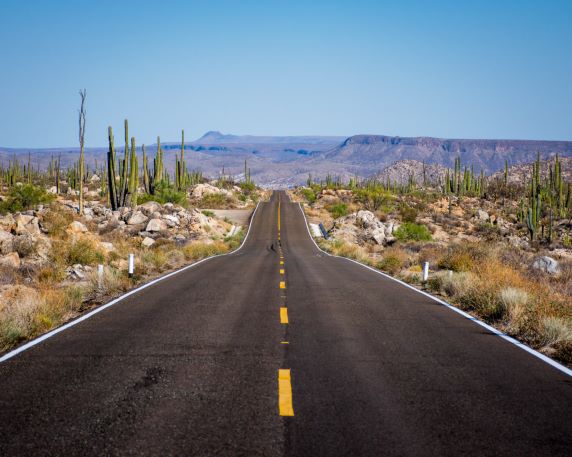
Table of Contents
Things to Keep in Your Car:
- Your current driver’s license (U.S. and Canadian driver’s licenses are valid in Mexico)
- Original vehicle registration
- Proof of Mexican Auto Insurance
- Money for Toll Roads
Baja Roads

It can be very challenging to drive in Baja. The roads aren’t kept up as well as they are in the U.S., and there are a lot of things to watch out for. Potholes are common and can do a lot of damage to cars, so it’s important to keep an eye out for them. Cows and other animals can also wander onto the road, so be ready to stop quickly at any time.
There are also risks with other cars. Many cars don’t have working brake lights, turn signals, or headlights, which makes it hard to tell what they’re doing. Problems can also happen at construction sites, which are often hard to find and may have tools or materials lying in the road.
When driving in Baja, it’s important to be careful. Slowdown in areas where the road conditions or the presence of animals could be dangerous, and give other drivers a lot of room to help avoid accidents. Know that some drivers may take chances and pass in a dangerous way, so always follow the rules of the road and stay alert.
Note: At traffic lights, the green light will flash before it turns yellow. This is a sign that you should slow down. As soon as the light turns yellow, you should stop. When you see a yellow light, you should stop, not just slow down.
Mexico Rules of the Road
As a general rule, don’t do anything in Mexico that you wouldn’t do in the U.S. Different states have different traffic laws in Mexico, but in general, you should follow these rules:
- You must have Mexican car insurance
- Seatbelts must be worn by everyone in the car
- Do Drinking and Driving
- No Cell Phone use while driving
- In Baja, you can turn right at a red light unless the sign says otherwise.
Getting Gas
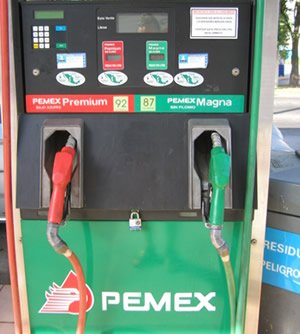


When it comes to fuel, PEMEX is still the primary provider in Baja. There are three different grades of fuel available: Magna, Premium, and Diesel. It’s important to note that diesel fuel in Mexico is different than the diesel fuel found in other parts of the world, so it’s recommended to use Premium or Magna for diesel engines.
There are three different grades of gas:
- Magna (unleaded gasoline, 87 octane, green handle at the pump),
- Premium (unleaded gasoline, 93 octane, red handle at the pump),
- Diesel (black handle at the pump)
It’s also important to note that there may be unexpected surcharges for using credit cards at the pump, so make sure you ask about any extra fees before swiping your card. Finally, make sure to bring enough cash to cover the cost of your fuel since it can often be quite expensive compared to other parts of the world.
Speed Bumps (Topes)
As soon as you cross the border into Mexico, you’ll see a tope (pronounced toe-pay). This is the Spanish word for bump, and it can also be used to talk about speed bumps. All of these concrete and rock bumps in the road are hellish, but they vary in how steep, wide, and bad they are. We passed thousands of them as we drove.
Topes are quick and hard, especially the ones that aren’t marked and come up on you before you have time to stop. There’s a reason why a tire repair shack is almost always at or near a tope. They are also terrible for your gas mileage and your shocks.
Passing Rules
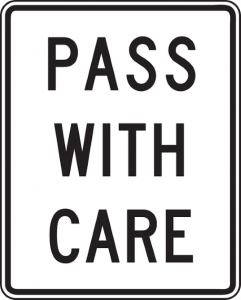


When you’re driving in Mexico, you should be careful when passing other cars. Since many of Baja’s roads are narrow and windy, it can be hard to get around cars. When you’re stuck behind big trucks or semi-trailers, it can be especially hard. However, it’s not a good idea to take a chance and try to pass.
Mexican truck drivers have been doing this for a long time: when they see a car coming up behind them, they use their left turn signal. This is meant to let them know that it’s safe for them to pass. But don’t forget to check your mirrors and drive carefully, because cars may be coming up behind you in the other lane.
It’s also important to remember that there may be places where you can’t go. Pay attention to road signs and obey speed limits. Both police and military checkpoints will make sure you do this. Passing maneuvers should always be safe and done carefully.
Lastly, if nothing else works, slow down and enjoy the view! Driving in Mexico can be an amazing adventure that shouldn’t be rushed through.
Toll Roads
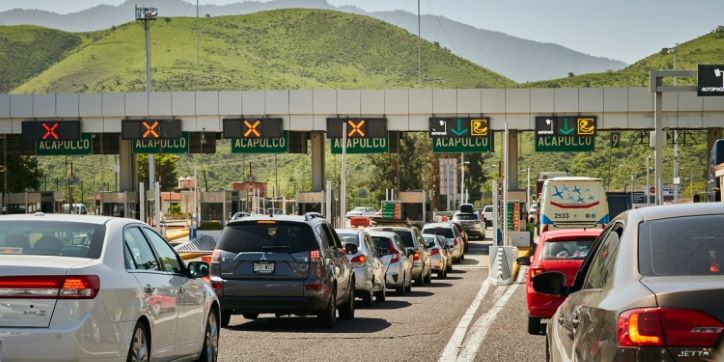


It’s important to be aware of the toll roads. Located in various regions of Baja, these toll roads provide drivers with a quick and efficient route from Point A to Point B.
In Tijuana, there are two major toll roads: one from Tijuana to Ensenada and one from Tijuana to Mexicali. In Baja Sur, there is a new toll road that connects Cabo San Lucas, San José del Cabo, and the SJD Los Cabos International Airport.
When paying the tolls on these roads, it’s important to note that you must pay either in Pesos or U.S. Dollars—you can’t mix currencies. You also must pay in cash or with an IAVE pass. It’s best to be prepared ahead of time with the necessary funds, as toll booths do not accept credit or debit cards.
It’s also worth noting that if you enter a toll road before exiting the same one, your toll cost will double, so make sure to take this into account when planning your route.
When you pay the toll for the toll road, Caminos y Puentes Federales automatically covers you with insurance. Make sure to keep your receipt from the tollbooth, as you will need it to file a claim.
By knowing the rules and regulations of the toll roads in Baja, Mexico, you can ensure that you stay safe and get to your destination quickly and efficiently.
Emergency Roadside Assistance
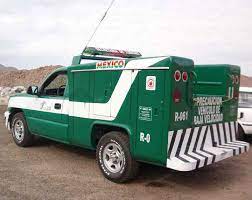


The Green Angels (Angeles Verdes) are an incredible asset to have on the roads of Mexico. They patrol the Mexican highways and byways in green and white trucks, and offer free roadside assistance to anyone who needs it. They are not only mechanics, but can offer helpful advice for those touring Mexico and provide information about tourist destinations.
If you find yourself in a bind on the road, the Green Angels will come to your aid free of charge, offering labor, service and even towing services. Parts or gas may be available for a fee, but the help they provide is invaluable. They also can provide emergency help if you are involved in an accident, have a flat tire, run out of gas or your vehicle breaks down.
When utilizing the Green Angels, please remember that a small tip is greatly appreciated to help keep them running. The Green Angels are run through Mexico’s Ministry of Tourism and rely on donations to remain operational. So, should you need their help, don’t forget to show your gratitude!
Green Angels Contact Information
- Operate from 8 am to 8 pm
- 24 hours a day on major holidays and long weekends
- 1-800-990-3900 (Tijuana, Ensenada, & El Hongo toll roads)
- 1-800-888-0911 (Tijuana, Tecate toll roads)
- Tourist Assistance Hotline = dial 078 from any cell phone or TELMEX phone booth in Baja
Beware of Trucks
The problem is that there are so many 18-wheelers on the road. This highway isn’t as wide as most roads in the U.S. Even a fully loaded car will shake when a truck speeds by in the opposite direction. Those drivers are going fast and not going as fast as they should. They also tend to pass people in front of them who they think are going too slowly.
Military Checkpoints
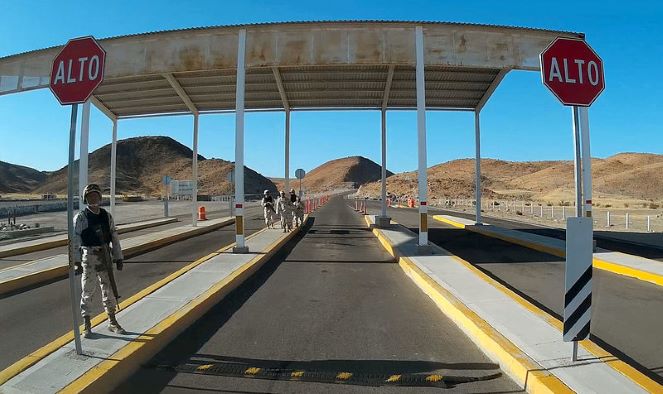


When approaching the checkpoint, make sure to slow down and roll down your window. The soldier may ask you a few questions about where you’re going and where you’ve been. He may also do a routine check of the vehicle, so make sure to have all the documents you need ready. It’s best to stay calm and be respectful; the soldiers have the right to search your car and belongings, so complying with their requests will help the process go smoothly.
At most checkpoints, you won’t be required to show any documents, but if you are asked for proof of insurance or registration, make sure you have these on hand. This is especially important if you’re renting a car or driving a vehicle that isn’t registered in your name.
Overall, military checkpoints in Baja are there to protect you and other drivers on the road. They may look intimidating, but as long as you remain calm and respect the soldiers’ requests, the process should go smoothly.
Traffic Violations
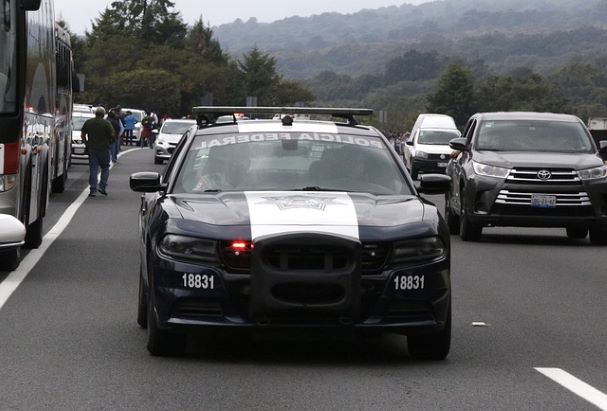


When you are driving in Baja, Mexico, you should always follow the rules and laws of the area. If you break any of these rules, you could get a traffic ticket. If a police officer pulls you over for a traffic violation in Tijuana, Ensenada, Rosarito, or Mexicali, they may give you a ticket and ask for money.
You can pay the fine from the U.S., but you should ask the police officer to write the amount of the fine on the ticket so you know exactly how much to pay. You can pay the fee online or at a US bank branch. It is also important to write down your reference number when you pay.
If you don’t pay the fine, when you go back to Mexico you might have to pay more fines or even go to jail. It’s best to pay the fine as soon as possible to avoid any more trouble.
Contact the Mexican consulate in your area to find out more about traffic violations in Baja Mexico. They can answer any questions you might have about your situation.
Bribe Traffic Violation
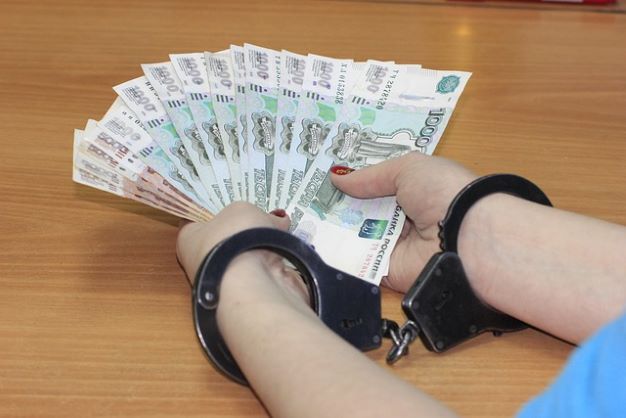


There have been times when tourists were pulled over for traffic violations even though they hadn’t done anything wrong. These people in charge want a Bribe. In Mexico, it is against the law to pay a police officer a bribe. If you do, you could go to jail. DO NOT GIVE THE POLICE OFFICER MONEY.
If a police officer pulls you over because you broke a traffic law, you should ask for a written ticket. Tickets for traffic offenses are written in both English and Spanish, and they tell you how to pay the fine. You can mail your fine from the U.S. to Mexico.
Don’t try to bribe the officer or give them money. It is wrong for them to ask for money, and it is illegal to give a police officer money. You could get a fine or go to jail.
In some cases, the officer will ask you to go with them to the police station. You don’t have to go to the police station if you are pulled over for a small infraction. If you ask for a written bill, you can pay it from the U.S. by mail.
If you think you got a ticket for no reason, write down the time, place, license plate number, and badge number of the officer. If you are in Baja, you can call 078 to get in touch with the State Secretary of Tourism at any time.
Accidents



If you get into an accident while driving in Baja, Mexico, you need to contact your insurance company as soon as possible. Keep your insurance policy with you at all times so you can get the policy number and any other information you might need.
When you call your insurance company, give them a detailed account of what happened. This should include the exact location and time of the accident, how badly both cars were damaged if anyone was hurt, and how to get in touch with any witnesses.
Most of the time, the Mexican police will come to the scene of an accident and might be able to help you file a police report. Make sure to write down the officer’s name, badge number, and contact information in case you need to get in touch with him or her again. Most of the time, when you file a claim with your insurance company, you will need to give them a copy of this report.
If someone broke into your car, you should call the police and your insurance company right away. When filing a claim, taking pictures of the damage can also be helpful. Make sure to keep all of the receipts for fixing or replacing vandalized items, as your insurance company may need to see these when they look at your claim.
If you are driving in Baja, Mexico, and find yourself in any of these situations, remember that you can always call the number at the bottom of your policy for help. For more information about accidents and claims, please check out the page we made just for that.
Animals on the Road
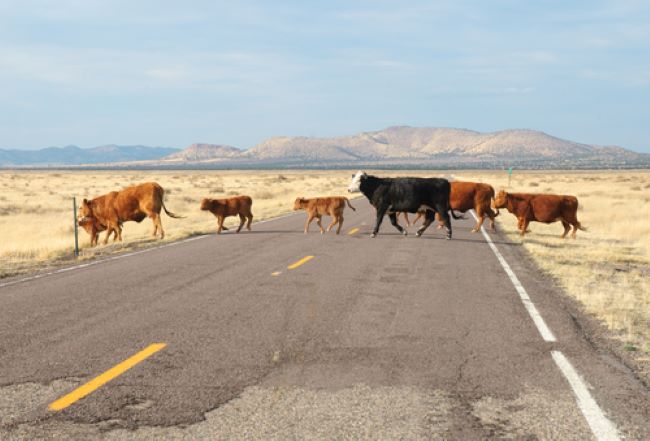


You always have to be alert for animals on the road and cars with broken parts, like brake lights, are also a cause for concern. These two have caused numerous accidents over the years. Make sure you stay vigilant to avoid these obstacles because they can come out of nowhere.
Beware: The animals are active at night so don’t drive at night.
Safety Tips
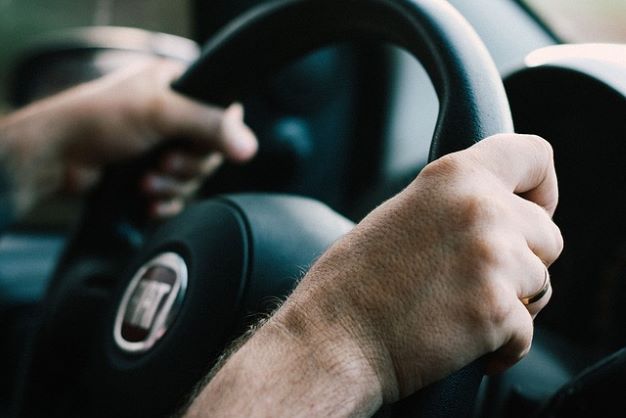


When it comes to driving safety in Mexico, there are several key precautions you should take. First and foremost, always wear a seat belt when driving. Not only is it the law, but it can also save your life if you’re in an accident.
Second, don’t talk on your cell phone while driving. Distracted driving is a major cause of accidents, and it’s even more dangerous when driving in a foreign country. Put your phone away and focus on the road.
Third, avoid driving at night if possible. Many roads in Mexico are not well lit, and animals are often out during the evening hours. This increases the risk of running into something or someone on the road.
Fourth, obey all traffic laws. Every country has its own set of laws, so make sure to read up on the local laws before hitting the road. Don’t try to beat red lights or speed, as this could land you in serious trouble with the local police.
Finally, make sure you have enough gas in the tank before setting off. Being stranded in a foreign country without gas isn’t fun, so be sure to fill up before leaving and carry some extra in case of emergency.
Following these simple safety tips will help ensure that you get to your destination safely when driving in Mexico.


Baja Bound: What you Can and Can’t Bring into Mexico
Facebook Twitter Pinterest Print I know it can be stressful to drive across the border into Mexico. Getting ready and knowing what you can and
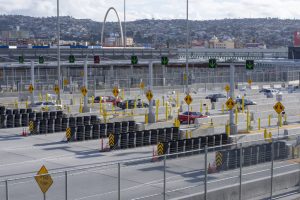

9 Steps to Crossing the SoCal Mexican Border in Your Van
No trip to Southern California is complete without a visit to Baja, Mexico. Traveling to Baja is a fantastic experience for any van or RV